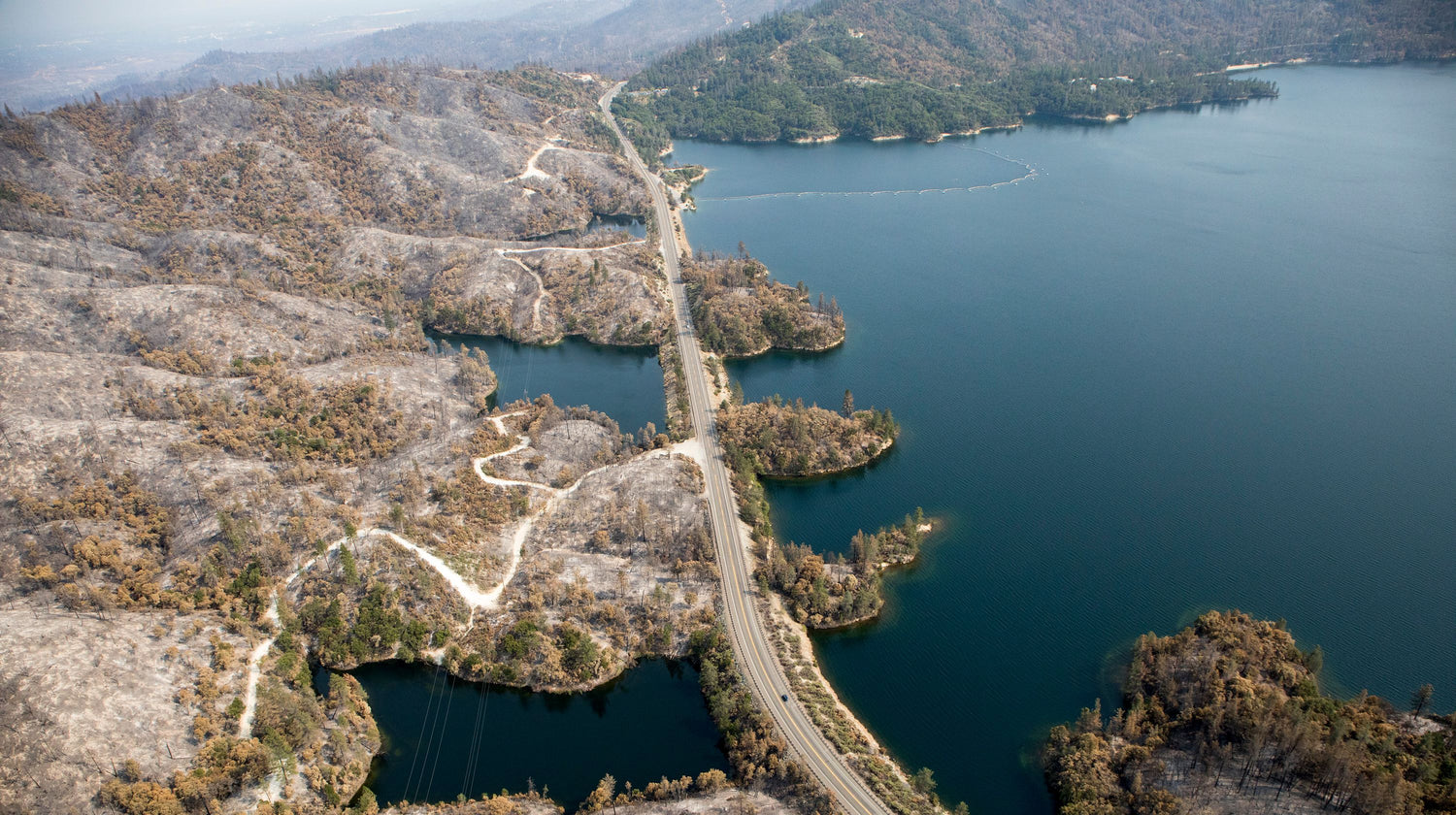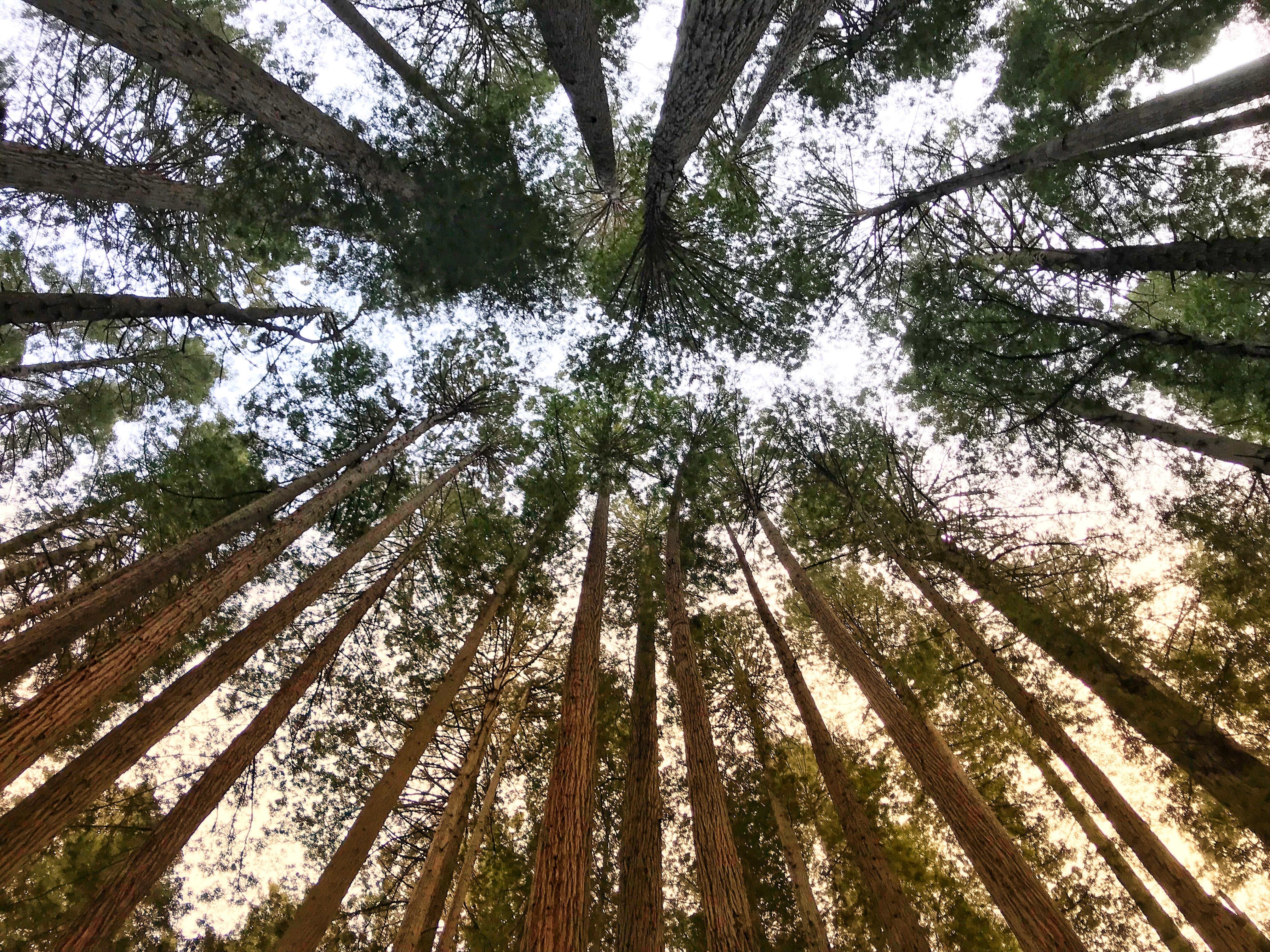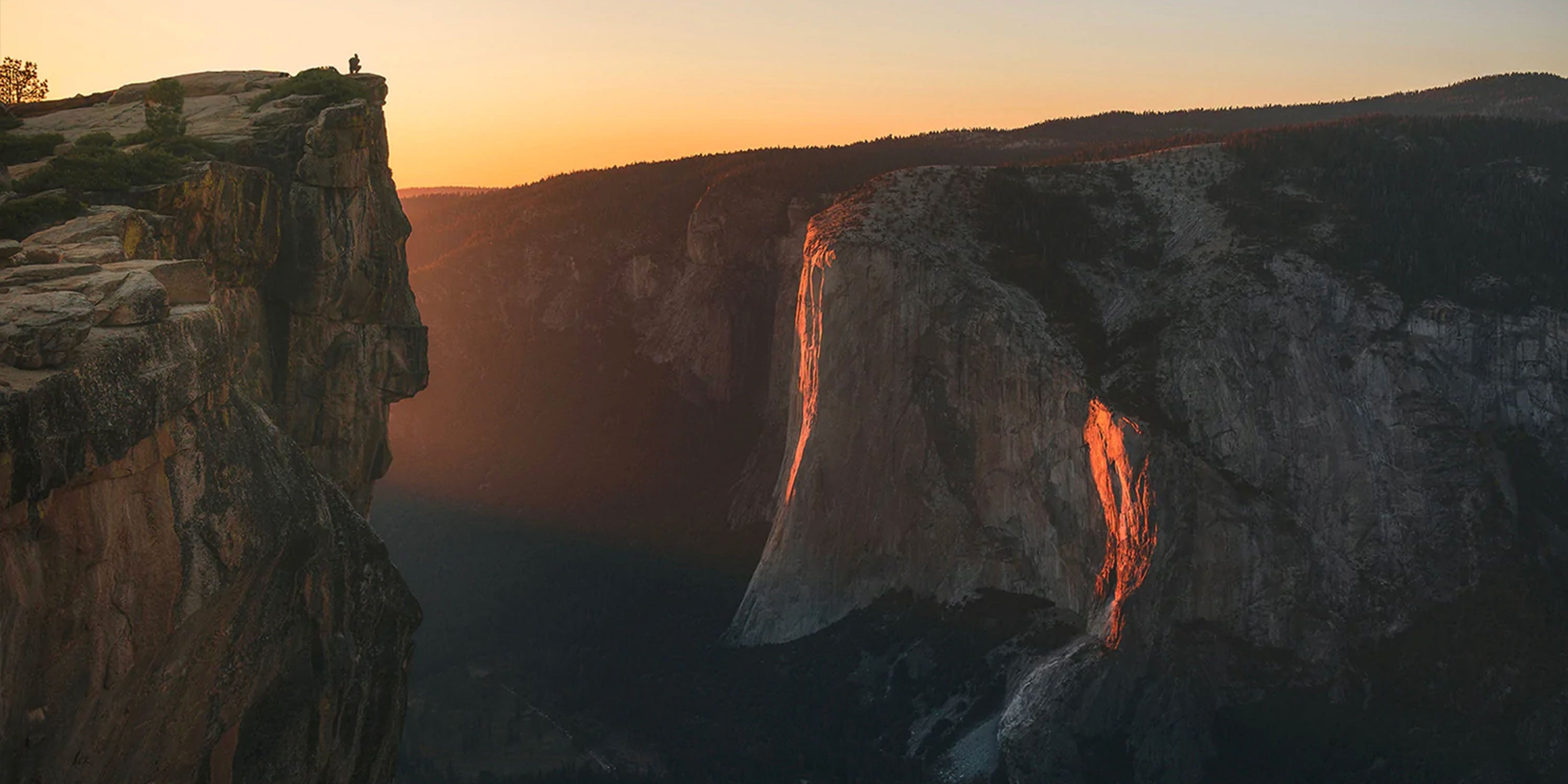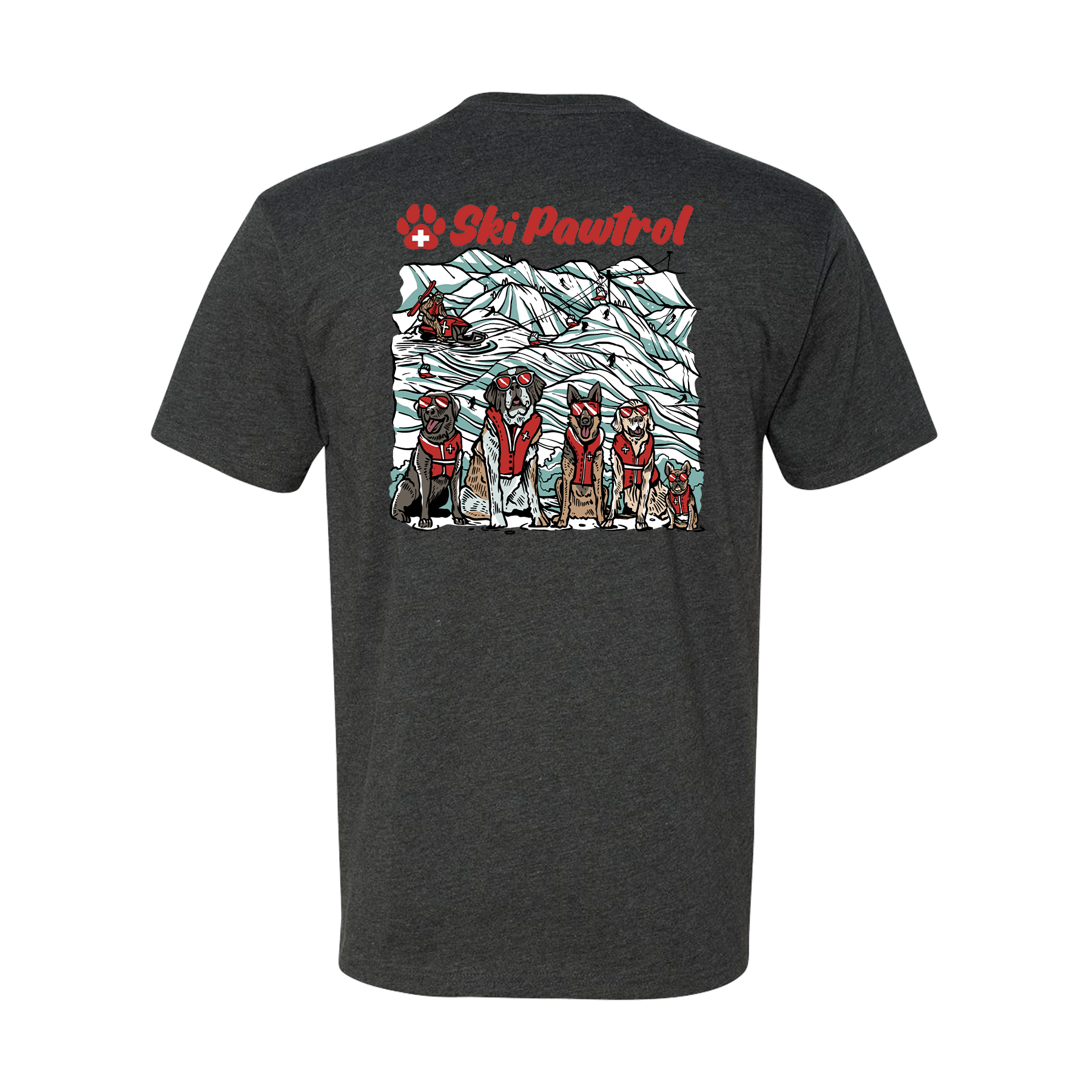Rewind to August 2018 and it was difficult not to open the newspaper or read the headlines online surrounding California's raging, unfathomable wildfires. Personal property was damaged, too many lives were lost, and a collection of public lands will be scarred for years to come. The immediate aftermath of such tragedy is not pretty, but similar to the solace one finds with the return of green to a blackened landscape in the natural world, there are stories of hope littered throughout the communities who have been knocked down, and have since risen to rebuild.
The Carr Fire devastated greater Redding, CA, an area that 91,000 call home surrounded by pristine wild within the vincinity of Trinity-Shasta National Forest not far from Lassen Volcanic National Park and the great Mt Shasta. Whiskeytown National Recreation Area, a haven for recreation to locals, and an underrated gem of the National Park System for many, was almost entirely consumed by flames. The exception, 1,000 acres of land untouched by fire and the 3,000 surface acres of crystal-clear water comprising Whiskeytown Lake that many recognize as its primary feature or draw. It’s 36 miles of shoreline, surrounding trails, and vistas will look drastically different for years to come.

Photo Credit: Hung T. Vu
In its history, the National Park Service has not had to manage devastation to this scope. Rebuilding a national park unit enveloped by natural disaster doesn't happen overnight. National attention does wonders, but it's also short lived, potentially doing more harm than good when it’s gone. It's the little things. Removing trees. Opening the park back up to the public. Not to mention the things we take most for granted. In particular, stabilizing the water treatment plant that caters to Redding. If that’s not enough to bear, bracing for winter where mud flows are feared the norm, will further transform the landscape, elevating ongoing uncertainty and present dangers.
The stories of Park Rangers and park personnel losing their homes both within park boundaries and in neighboring communities and still being displaced from a primary residence today, pull at the heart strings. Despite their loss, this incredible community of individuals is responsible for the prompt and safe evacuation of Whiskeytown. Take into consideration a fast moving, unpredictable fire storm where inaction holds life or death consequences. Hundreds were camping, and more were recreating on the lake or the surrounding trail system. Knowing full well the stakes and the unknown for their own personal material belongings, these individuals not only put others first evacuating Whiskeytown, but immediately proceeded to aid in the related evacuation efforts of surrounding communities.

Photo Credit: Hung T. Vu
And now this same collection of individuals, all having experienced unprecedented loss, are now tasked with starting over. Much of Whiskeytown’s reconstruction is in the hands of mother nature, but access is and will continue to be the top priority for a greater community that is healing. Whiskeytown is a retreat. Its waters temporarily take visitors to a place where thoughts of the Carr Fire can be displaced, substituted with hope and a path forward. For many, the return of Whiskeytown, despite its charred hills, will mark the homecoming of normalcy.
Wild Tribute worked with partner, Western National Parks Association, to put its 4 the Parks donations to work in the focused recovery efforts of Whiskeytown, inclusive of opening roads, trails, and the Oak Bottom marina and campground. Due to shifting seasons and the onset of winter, the blueprint for recovery continues to evolve as well as the strain of ongoing costs and resources. As local, state, federal, and volunteer aid wanes, the story of Whiskeytown must not fall to the wayside. The promise of green hill sides, sprouting plants and trees, and the return of wildlife is more near than far, but charitable aid must continue to flow. There is not time to waste.
To support Western National National Parks Association, become a member or donate directly to their fund. Alternatively, consider directing your charitable contributions to Friends of Whiskeytown, who also are stewarding admirable efforts to restore Whiskeytown to its former (and new) granduer.
Western National Parks Association (“WNPA”) is a nonprofit education partner of the National Park Service. WNPA supports more than 70 parks across the West, developing products, services, and programs that enrich the visitor experience. Since 1938, WNPA has advanced education, interpretation, research, and community engagement to ensure national parks are increasingly valued by all.
Whiskeytown National Recreation Area was established in 1965 by the United States Congress. Recreational activities available include swimming, fishing, boating, camping, and hiking. The Whiskeytown–Shasta–Trinity National Recreation Area (WST-NRA) has a total of 246,087 acres (99,588 ha) of land, which is divided into the following units – Shasta, Trinity, and Whiskeytown. The Shasta–Trinity National Forest surrounds the Shasta and Trinity units, so they are managed by the United States Forest Service. The National Park Service manages the Whiskeytown unit.












